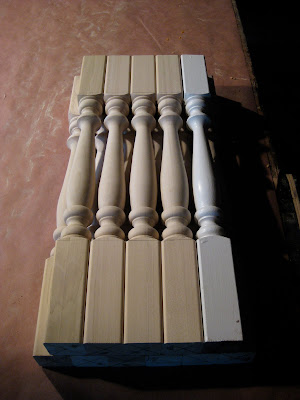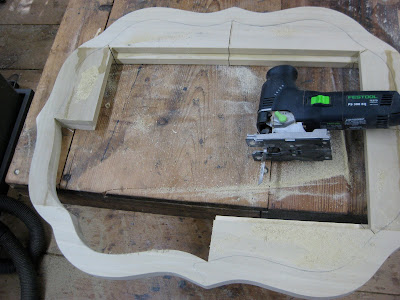

I don't collect saws. Really. I readily admit the dozens of saws that you see in the pictures are mine, but I swear I did not collect them. They just happened. You could say that I have "accumulated" them over the past thirty years. They conglomerate like dust bunnies; everywhere you look in my shop you find saws. They hang on the walls and from the rafters, they stand up in corners, and they lie on the floor in the attic.
There are panel saws, back saws, dovetail saws, gents saws, tenon saws, carcase saws, stair saws, ripsaws, crosscut saws, miter box saws, bow saws, turning saws, fret saws, and coping saws. Oh my!
The reason I have so many is that I just can't pass up a bargain. Hand saws are truly ubiquitous. Before the advent of power saws every tradesman owned at least two and every home probably had one. Fast forward to today and you find them showing up at nearly every yards sale, auction, and second hand store.

As unlikely as it may seem, I usually don't buy, but I always look. And when I find an old saw that has been well cared for and has a shapely, carved apple-wood handle and a long line of straight and well-formed teeth, a brass medallion and a strong etching on the blade of a proud manufacturer, with a price of 3 or 4 dollars, then I do buy.
Being a user and lover of old tools, I simply cannot pass up these bargains. While I may never use all of my adopted saws (I do have my favorites), at least they will be at home in a working shop and among friends.
 This chair and I do not get along. I want it to be a chair. It wants to be a pile of sticks. I have a customer who also wants it to be a chair. The problem is the seat, obviously.
This chair and I do not get along. I want it to be a chair. It wants to be a pile of sticks. I have a customer who also wants it to be a chair. The problem is the seat, obviously.























